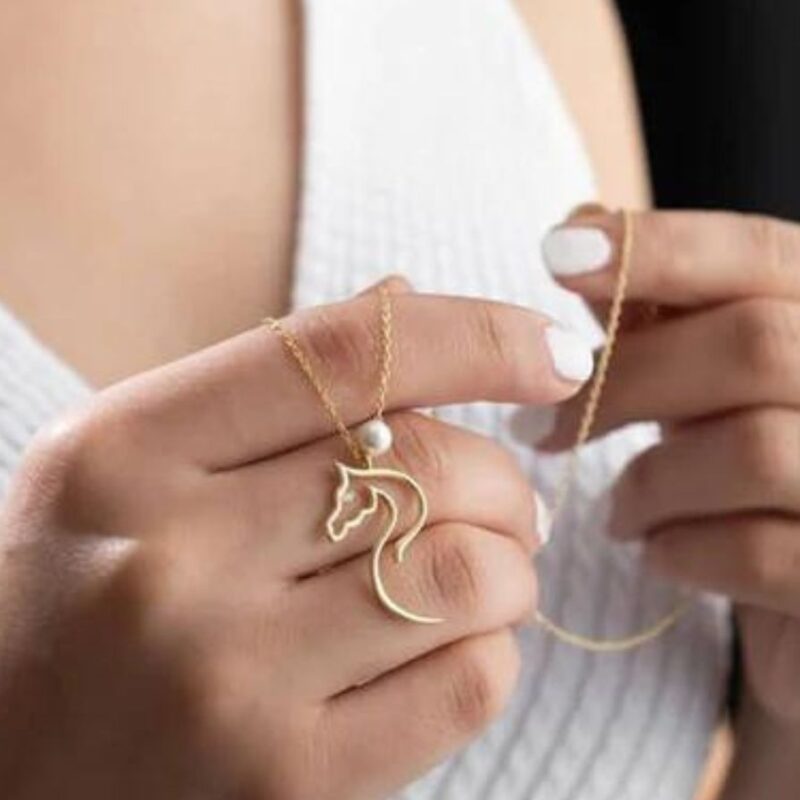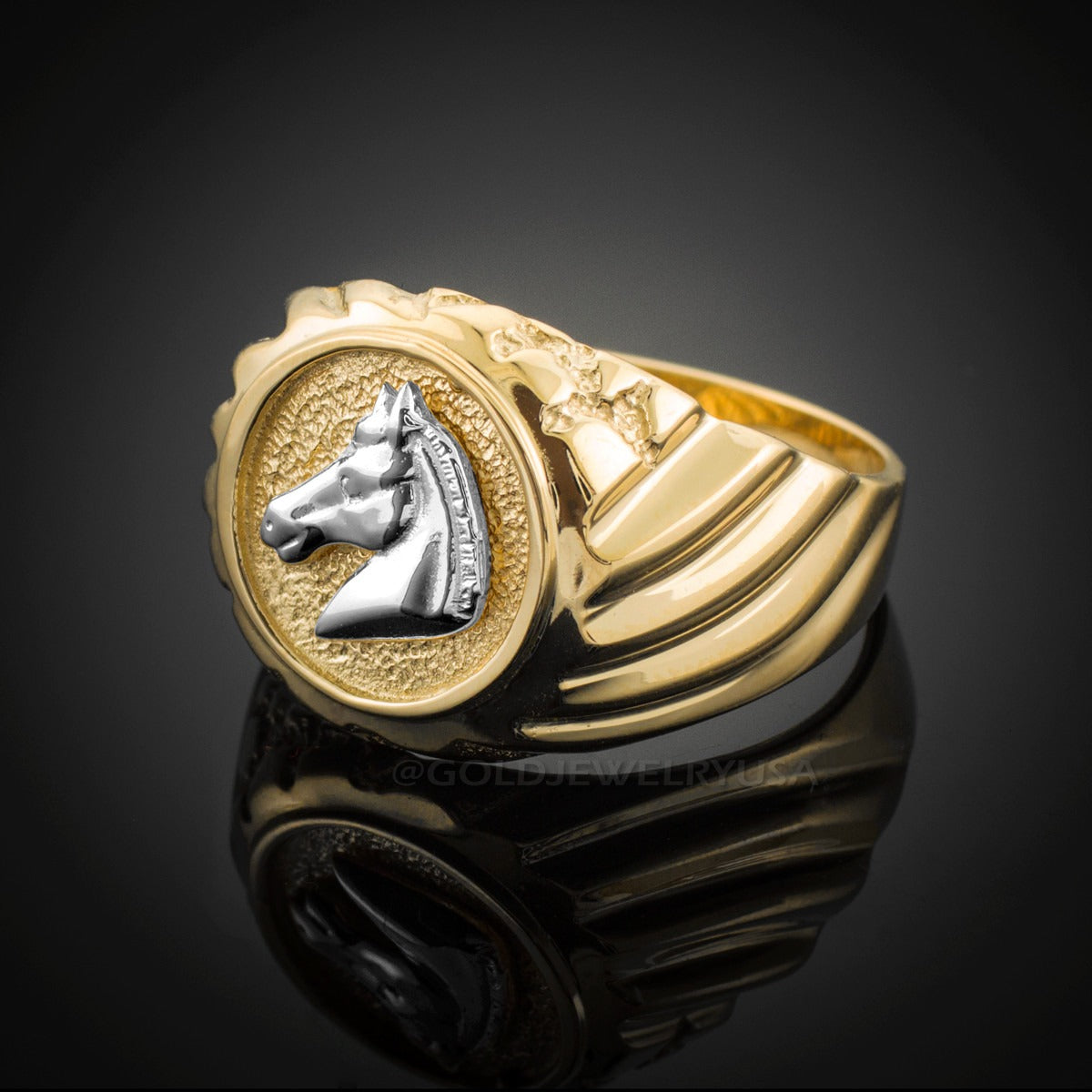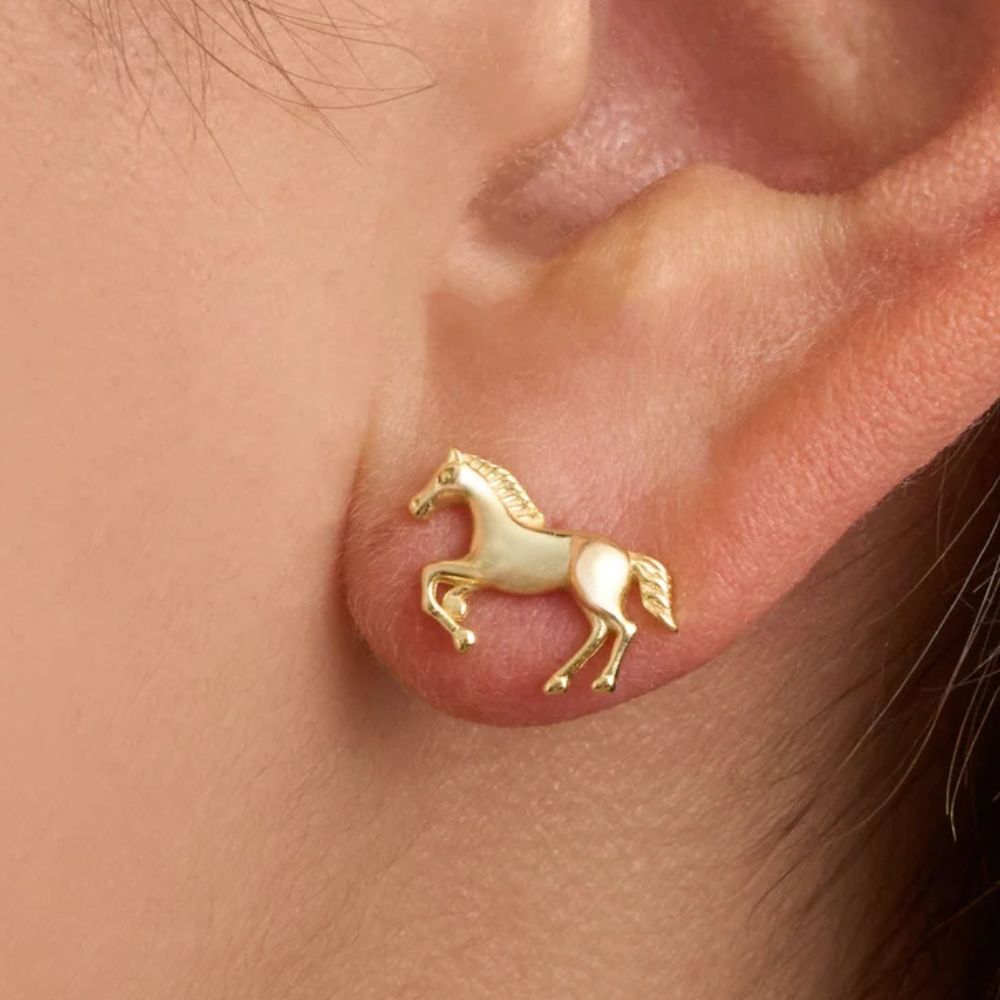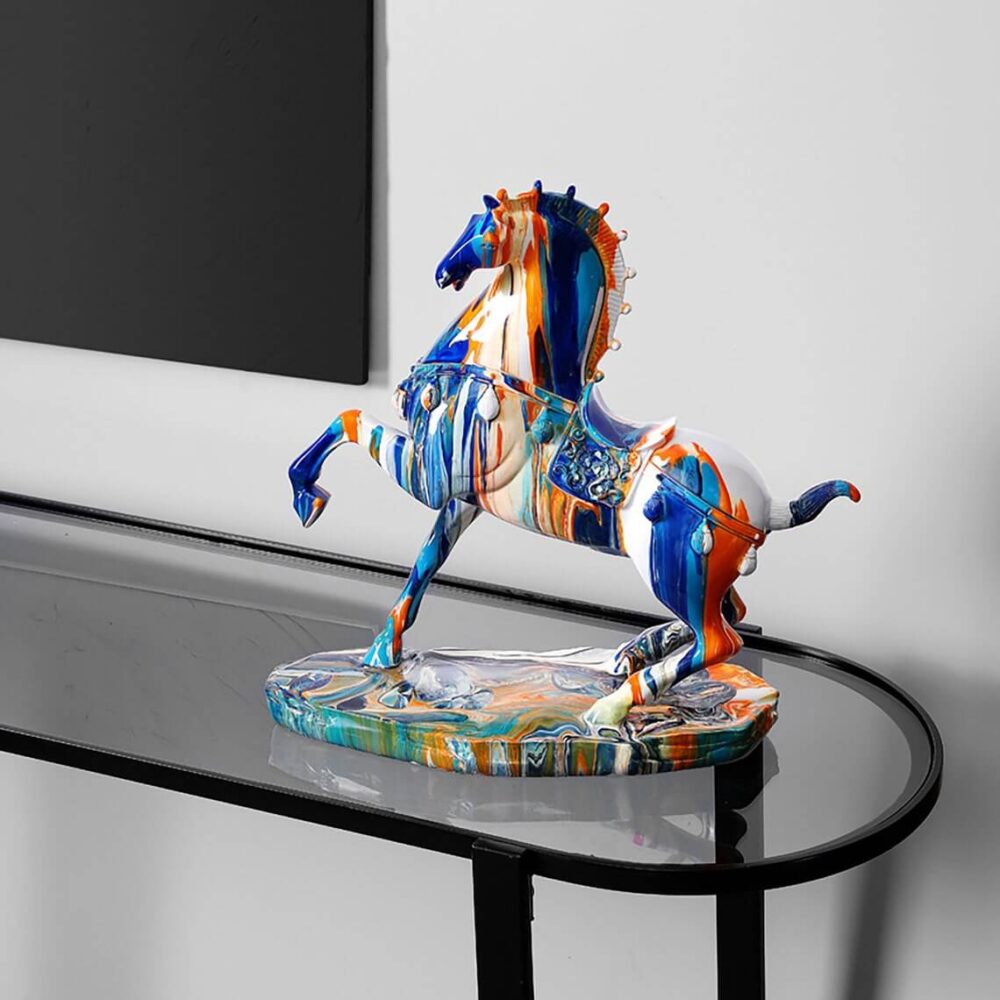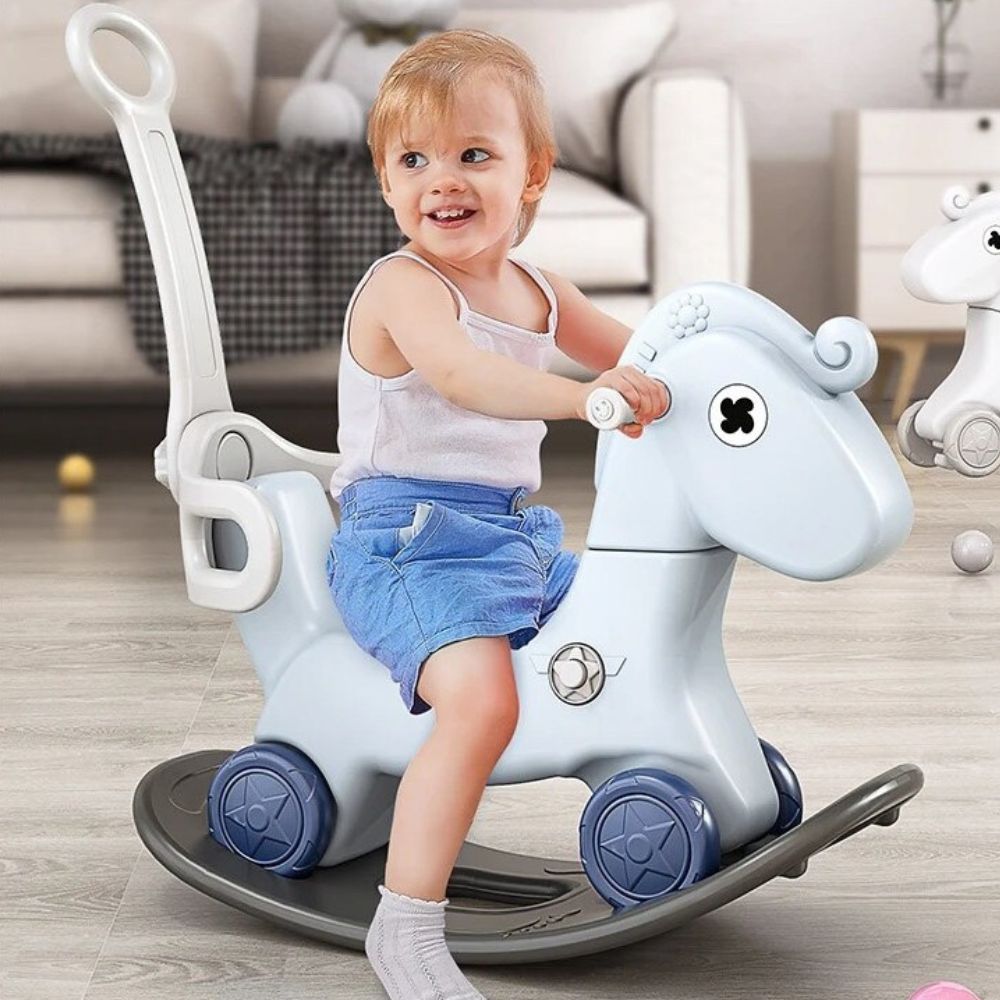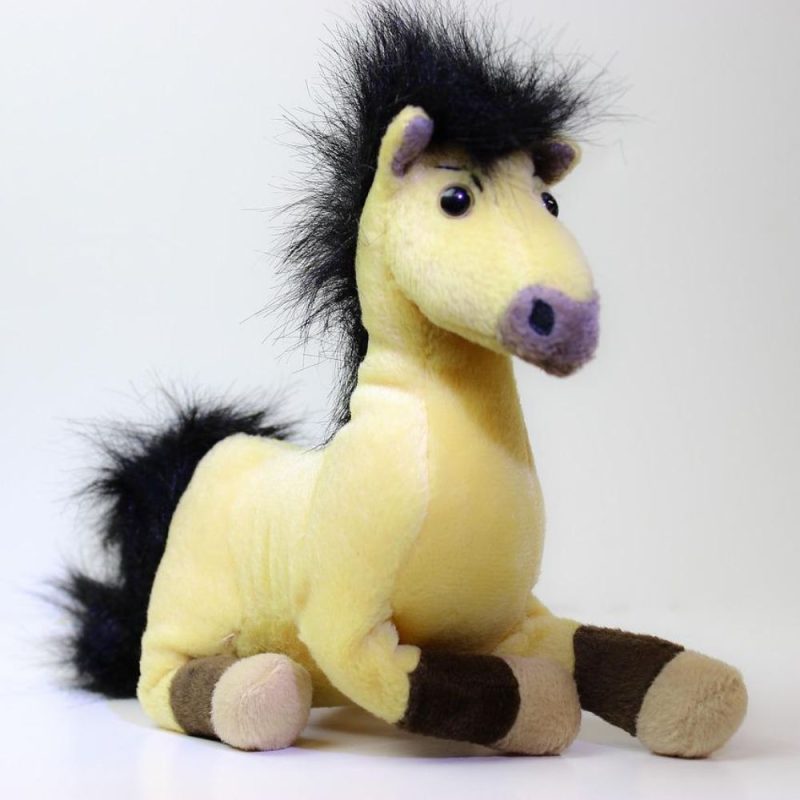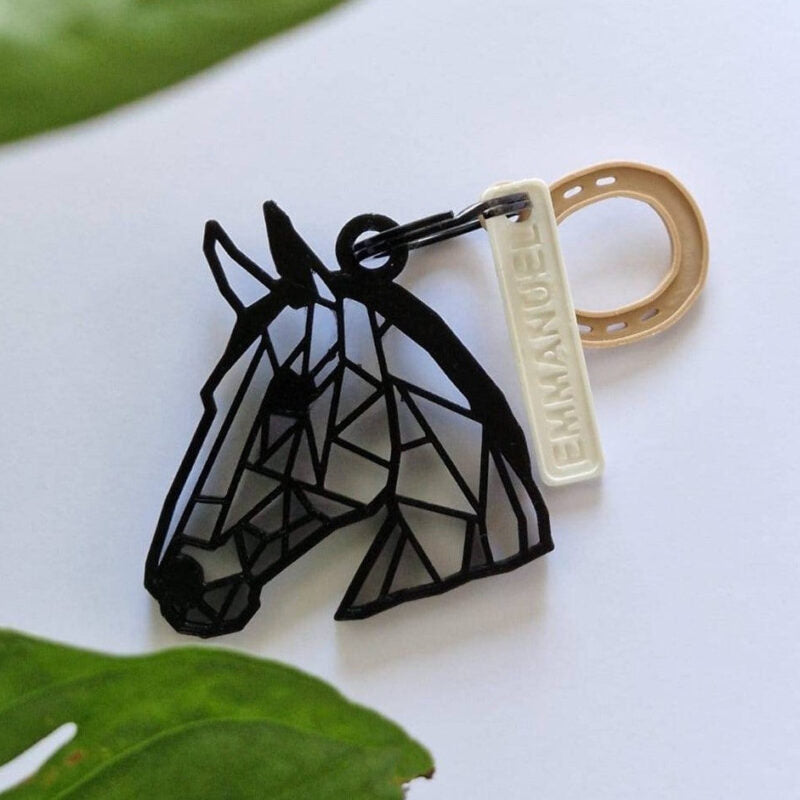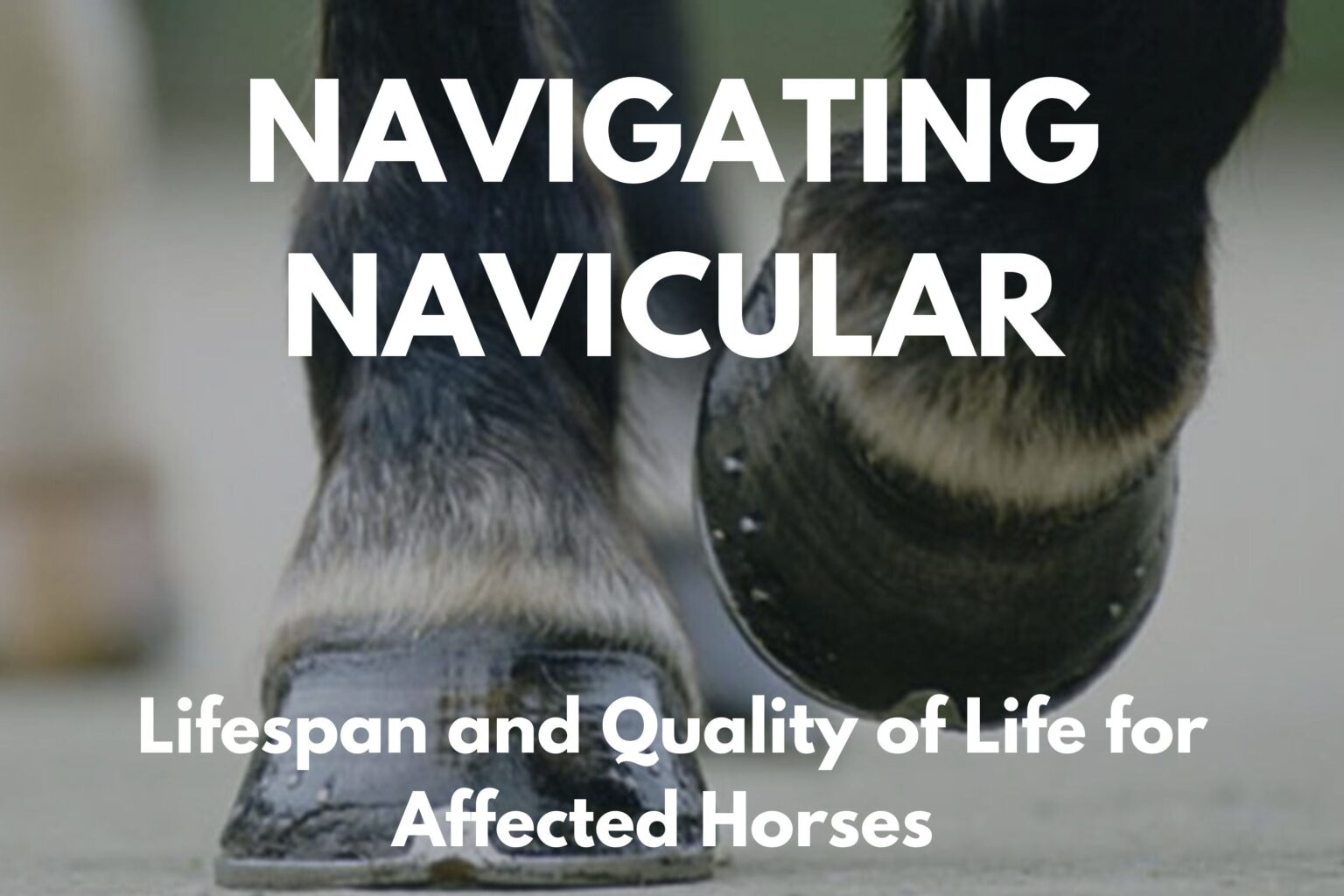
How Long can a Horse Live with Navicular?
How Long Can a Horse Live with Navicular: A Comprehensive Guide
Navicular syndrome, also known as navicular disease or caudal heel pain syndrome, is a common cause of lameness in horses. As horse owners and equine enthusiasts, one of the most pressing questions we face when confronted with this diagnosis is: “How long can a horse live with navicular?” The answer to this question is not straightforward, as numerous factors influence the prognosis and longevity of affected horses. In this comprehensive guide, we’ll explore the various aspects of navicular syndrome, its impact on a horse’s lifespan, and the management strategies that can help improve both the duration and quality of life for these equine companions.
Understanding Navicular Syndrome
Before delving into the lifespan of horses with navicular, it’s crucial to understand what this condition entails. Navicular syndrome is a degenerative condition affecting the navicular bone and surrounding structures in a horse’s foot. It typically causes pain in the heel area, leading to lameness and altered gait.
Key points about navicular syndrome:
- It primarily affects the front feet
- Symptoms can range from mild to severe
- The condition is often progressive
- Early diagnosis and intervention are critical
Also Read: Do horses eat grass?
Factors Affecting Lifespan in Horses with Navicular
When considering how long a horse can live with navicular, several factors come into play:
- Severity of the condition: Mild cases may have minimal impact on lifespan, while severe cases can significantly reduce quality of life and longevity.
- Age at onset: Younger horses diagnosed early may have a better prognosis with proper management.
- Breed predisposition: Some breeds, like Quarter Horses and Thoroughbreds, are more prone to navicular syndrome.
- Management and treatment: Appropriate care can greatly extend a horse’s comfortable lifespan.
- Concurrent health issues: Other health problems can complicate navicular management and affect overall lifespan.
- Use and workload: A horse’s intended use and level of activity can influence the progression of the condition.
Prognosis and Life Expectancy
While it’s challenging to provide an exact figure for how long a horse can live with navicular, many horses with proper management can live comfortably for years after diagnosis. Some horses may even have a normal lifespan of 25-30 years, depending on the factors mentioned above.
Dr. Jane Smith, a renowned equine veterinarian, notes: “With advancements in diagnostic techniques and treatment options, many horses with navicular syndrome can lead productive lives for 10-15 years post-diagnosis, and some even longer.”
It’s important to remember that each case is unique, and the prognosis can vary widely. Some horses may require retirement from riding but can still enjoy a good quality of life as pasture companions.
Management Strategies for Longevity
To maximize the lifespan and comfort of a horse with navicular, consider implementing these management strategies:
- Proper hoof care: Regular, skilled farriery is crucial. This may include: • Corrective shoeing • Balanced trimming • Use of supportive pads or specialty shoes
- Pain management: Veterinarian-prescribed medications can help control pain and inflammation, improving quality of life.
- Controlled exercise: A tailored exercise program can help maintain joint health and overall fitness without overstraining affected areas.
- Weight management: Maintaining a healthy weight reduces stress on the feet and limbs.
- Environmental modifications: Providing soft footing and avoiding hard surfaces can increase comfort.
- Regular veterinary check-ups: Monitoring the condition’s progression allows for timely adjustments in treatment.
Treatment Options and Their Impact on Lifespan
Various treatment options can significantly affect how long a horse can live with navicular. These include:
- Non-steroidal anti-inflammatory drugs (NSAIDs): These can manage pain and inflammation, improving comfort and mobility.
- Bisphosphonates: Medications like Tildren or OsPhos may help slow bone degeneration.
- Regenerative therapies: Stem cell treatments and platelet-rich plasma injections show promise in some cases.
- Neurectomy: Surgical desensitization of the affected area can provide relief in severe cases, though it’s considered a last resort.
- Complementary therapies: Acupuncture, chiropractic care, and other alternative treatments may offer additional support.
The Economic Aspect: Balancing Care and Cost
Managing a horse with navicular can have significant financial implications. Let’s break down potential costs:
- Regular farrier visits (every 4-6 weeks): $100-$250 per visit
- Specialty shoes or pads: $200-$400 per set
- Veterinary check-ups (2-4 times per year): $150-$300 per visit
- Medications (monthly): $50-$200
- Complementary therapies (as needed): $75-$150 per session
Annual cost estimate: $3,000-$7,000
While these costs can add up, many horse owners find the investment worthwhile for the added years of companionship and potential riding enjoyment. As one owner, Sarah, shares, “The joy of seeing my horse comfortable and still able to enjoy light rides is priceless. The extra care has allowed us to have five amazing years together post-diagnosis.”
Quality of Life Considerations
When discussing how long a horse can live with navicular, it’s crucial to consider quality of life alongside quantity. Signs of a good quality of life include:
- Ability to move comfortably
- Maintaining social interactions with other horses
- Good appetite and body condition
- Showing interest in surroundings
- Absence of chronic pain or distress
Regular assessment of these factors can help guide decisions about ongoing care and management.
Future Outlook: Advancements in Navicular Treatment
Research into navicular syndrome is ongoing, with promising developments on the horizon. Some areas of focus include:
- Advanced imaging techniques for earlier diagnosis
- Novel drug therapies targeting bone remodeling
- Improved regenerative medicine protocols
- Innovative shoeing materials and designs
These advancements may further extend the comfortable lifespan of horses with navicular in the coming years.
Conclusion: A Balanced Perspective
In conclusion, while navicular syndrome is a serious condition, it doesn’t necessarily mean a drastically shortened lifespan for affected horses. With proper management, many horses can live comfortably for years after diagnosis. The key lies in early detection, appropriate treatment, and ongoing care tailored to each horse’s individual needs.
Remember, how long a horse can live with navicular is not just about survival, but about maintaining a good quality of life. By working closely with veterinarians and farriers, and staying informed about the latest management strategies, horse owners can help their equine companions enjoy many happy, comfortable years despite this challenging condition.
Frequently Asked Questions
- Can a horse recover from navicular syndrome? While there’s no cure for navicular syndrome, many horses can be managed effectively to minimize pain and maintain functionality. Complete recovery is rare, but significant improvement is possible with proper treatment.
- Is navicular syndrome always progressive? Not necessarily. With early intervention and appropriate management, the progression of navicular syndrome can often be slowed or even halted in some cases.
- Can horses with navicular still be ridden? Many horses with mild to moderate navicular syndrome can still be ridden, often with some modifications to their workload or equipment. However, this depends on the individual case and should be guided by veterinary advice.
- What are the first signs of navicular in horses? Early signs may include intermittent lameness, especially when circling on hard ground, a shortened stride, and a tendency to land toe-first rather than heel-first.
- Is navicular syndrome hereditary? While there may be a genetic component to the susceptibility of navicular syndrome, it’s not directly inherited. Factors like hoof conformation, which can be influenced by genetics, may play a role in predisposition to the condition.
Discover the Perfect Equestrian Gift Today!
Looking for a meaningful and stylish gift for the horse lover in your life? Explore our stunning Horseshoe Necklace, Horseshoe Ring, Horse Earrings, and Horseshoe Earrings collections. Each piece is crafted with care to celebrate the beauty and spirit of the equestrian lifestyle.
From the elegance of a horseshoe necklace that brings luck and charm to the timeless appeal of horse earrings that complete any outfit, our jewelry is designed to make every rider feel special.
Don’t wait—find the perfect gift that reflects their passion and individuality. Shop the Dream Horse Equestrian Jewelry Collection today and make every moment unforgettable! 🐴✨








